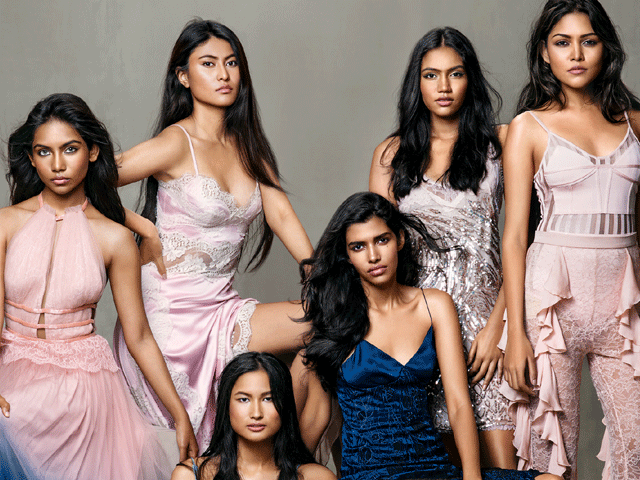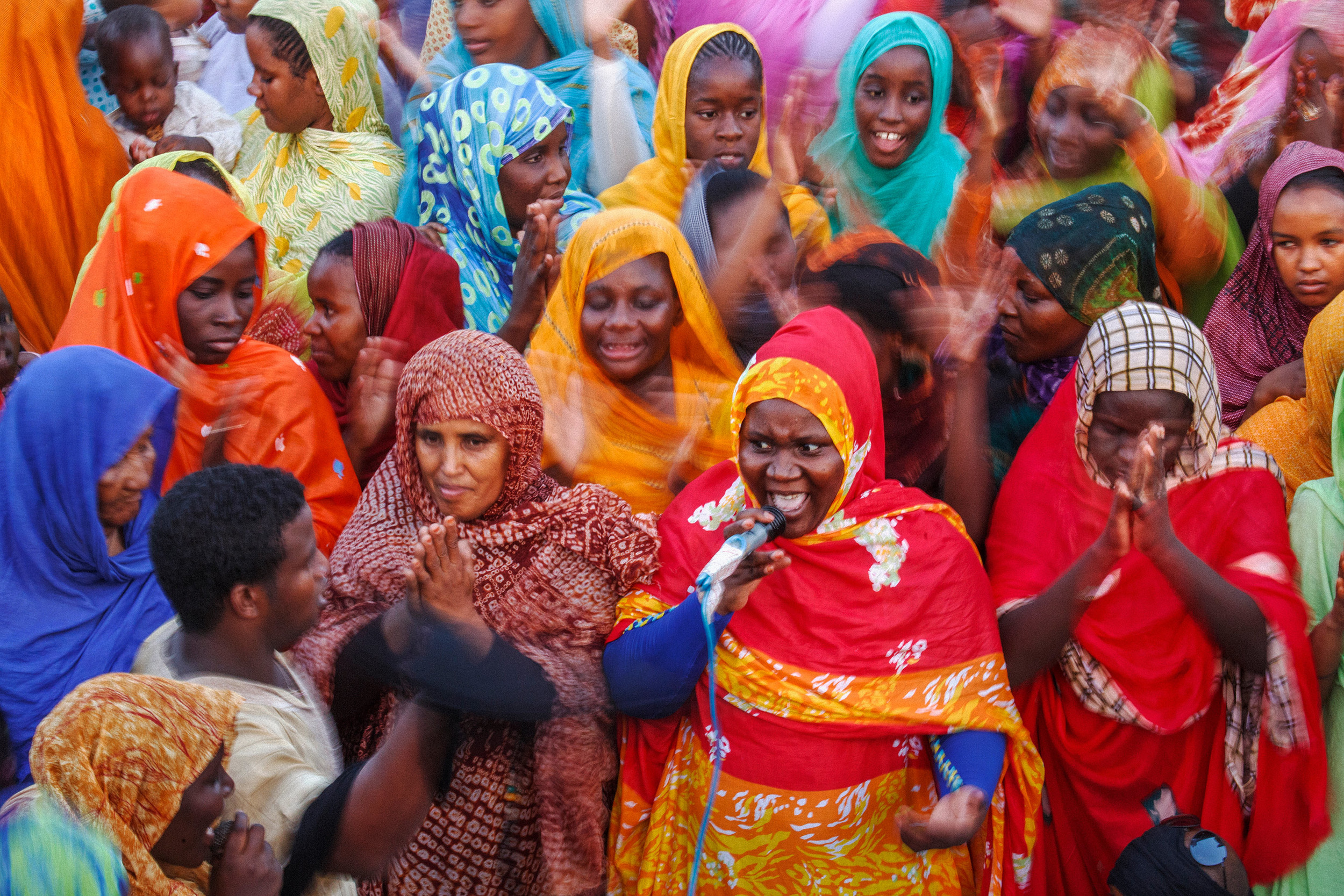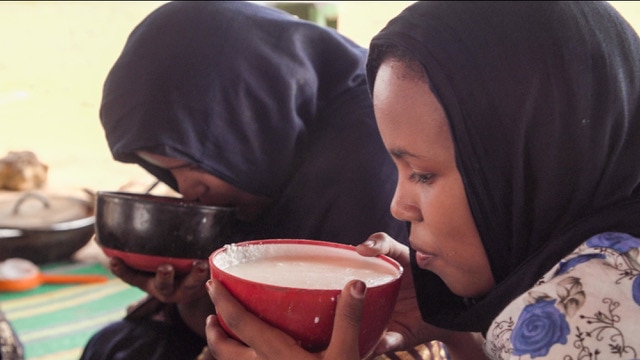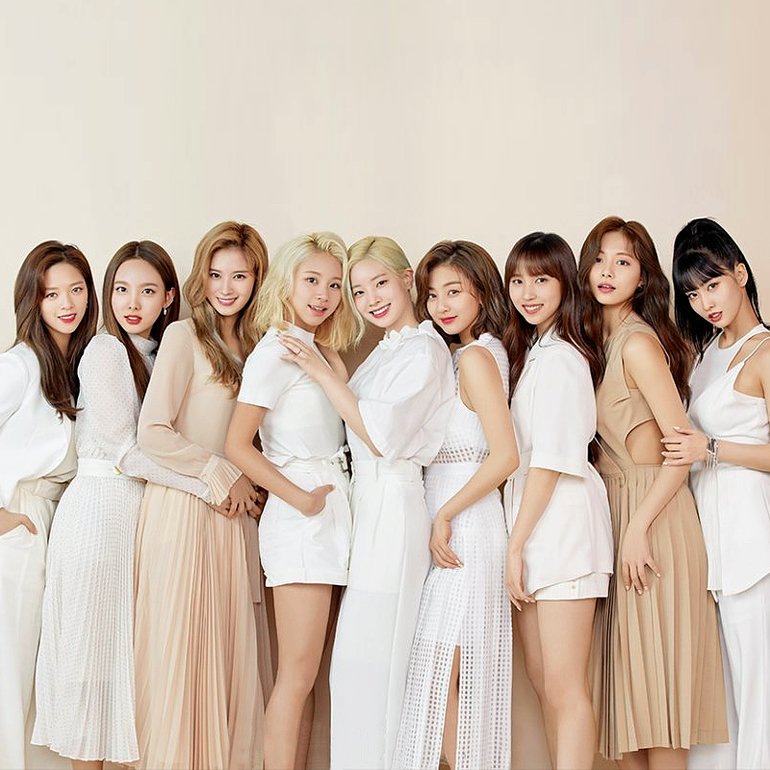
The Standard
Norms of beauty differ in India dependent on ethnic foundation, class, region (metropolitan versus provincial), and so forth. The light complexion is overwhelmingly and usually preferred, however, then there is a critical rising number of individuals who don’t discover this marker significantly.
The light complexion is found to be a significant marker more for females than for males. Stature is viewed as more significant for guys than females. Healthy hair is extremely valued. Indians like wavy hair, straight hair, wavy hair… it relies upon your own inclinations and what one looks like on them. Big doll-like eyes are preferred with long eyelashes and thicker eyebrows.

The History
The standard of fair skin is one that is deeply ingrained within South Asian culture. There have been many occurrences that have contributed to this from multiple invasions to the caste system that Indians themselves have produced. South Asia, a heterogeneous locale, has been a cultural melting pot since antiquity. In the beginning, it was the conquering by Aryans that set the tone for the standard as the darker-skinned Dravidians were thought of less than since that time. Later on, the Mughals and Europeans invaded which amplified the fairness standard to what it is today. Along with that came the Indian caste system, a framework that associated lighter-skinned individuals with a higher caste and those who were darker with a lower caste. Surprisingly, the caste system has yet to be diminished from Indian culture despite the extreme modern progression that the country has gone through during this time.

The Obsession with Skin Lightening
The Fair and Lovely trademark is one that is familiar to practically every household in South Asia regardless of class. The brand has been the pioneer in the resulting multi-billion dollar skin-lightening industry that the Indian sub-continent has produced and has built a reputation for the standard of beauty. First introduced in 1975, Fair and Lovely became all the rage among Indian housewives and prospective brides. The skin bleaching cream became a cosmetic essential among its target market and the market soon spread to women of all ages from Sri Lanka to Singapore. The beauty standard in South Asia has always been to have fair skin, this product has only aided that rigid ideal as it gave people the perception that it is attainable for everyone.
Advertisements for this skin whitening cream have been plastered over numerous train stations and business buildings from New Delhi to Dhaka. Children walk past these advertisements and are conditioned to believe that fair is beautiful. This mentality then grows and is shown in their actions from judgment to bullying their peers for their skin tone. Both the artifacts of the Fair and Lovely commercials and the children’s book page share the commonplace that “pale is beautiful”. These artifacts within themselves are not unique as colorism is common across the seven seas but the universal message behind them is what makes their content fundamental.
Conclusively, the Fair and Lovely advertisements and brand are major components in South Asian culture due to their heavy influence and reinforcement of backward thinking beauty standards that have been deeply embedded within the culture and history. What makes these commercials and messages so significant is that they have impactful contributions to beauty standards that are set in a certain society. Fortunately, the acceptance for such artifacts has decreased over time as of recently as Indian society chooses to progress beyond these ideals as seen with the brand’s revamp. This provides a powerful message on the power of people, especially considering that they were the ones responsible for both creating such standards as well as breaking them.







